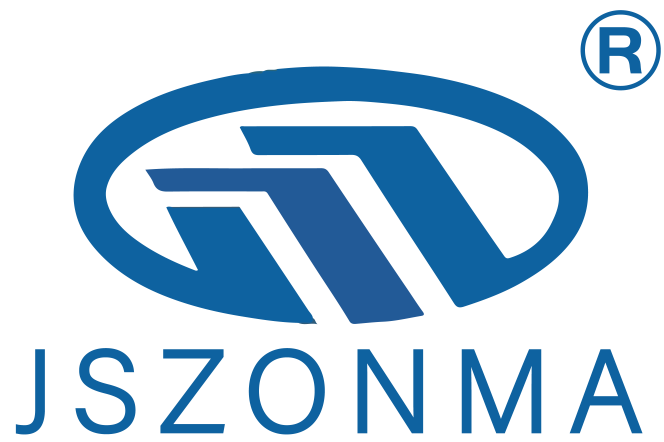Understanding the Critical Role of Transformers in Power Distribution
A substation transformer stands as one of the most vital components in our modern electrical power system, serving as the backbone of efficient power distribution. These massive pieces of equipment play an indispensable role in converting high-voltage electricity from transmission lines into lower voltages suitable for local distribution networks. In essence, they act as the bridge between power generation facilities and the electricity that powers our homes, businesses, and industries.
These specialized transformers are engineered to handle enormous power loads while maintaining exceptional reliability and efficiency. Without them, the complex network of power distribution that we rely on daily would be impossible to maintain. Their sophisticated design and robust construction enable them to operate continuously under demanding conditions, ensuring a stable and reliable power supply to communities worldwide.
Core Components of Substation Transformers
Primary and Secondary Windings
The heart of a substation transformer lies in its windings system. The primary winding receives the high-voltage input from transmission lines, while the secondary winding delivers the transformed voltage to distribution networks. These windings are typically made from high-grade copper or aluminum conductors, carefully insulated and arranged to optimize electromagnetic transfer.
The design and arrangement of these windings directly influence the transformer's efficiency and performance. Modern substation transformers employ advanced winding configurations that minimize losses and ensure optimal power transfer between voltage levels. The insulation between windings must withstand extreme electrical stress while maintaining its integrity over decades of continuous operation.
Core Construction and Materials
The transformer core, constructed from specially designed electrical steel laminations, provides the magnetic path necessary for voltage transformation. These laminations are precision-engineered to minimize energy losses through heat and magnetic effects. The core's design must balance efficiency with cost-effectiveness while maintaining the structural integrity needed for long-term reliability.
Modern substation transformers utilize advanced core materials and construction techniques that significantly reduce energy losses compared to older designs. The careful selection of core materials and their assembly plays a crucial role in determining the transformer's overall efficiency and performance characteristics.
Essential Functions and Operational Principles
Voltage Transformation and Power Distribution
The primary function of a substation transformer is to modify voltage levels between transmission and distribution systems. This process involves complex electromagnetic principles that enable efficient power transfer while maintaining system stability. The transformation ratio between primary and secondary voltages is precisely calculated to meet specific distribution requirements.
Through electromagnetic induction, substation transformers can step voltage up or down as needed, allowing for efficient power transmission over long distances and safe distribution to end users. This capability is fundamental to the operation of our entire electrical grid system.
Protection and Monitoring Systems
Modern substation transformers incorporate sophisticated protection mechanisms to prevent damage from electrical faults, overloading, or environmental factors. These systems include temperature monitors, pressure relief devices, and advanced electronic sensors that continuously track the transformer's operational parameters.
The monitoring systems provide real-time data about the transformer's performance, enabling predictive maintenance and early detection of potential issues. This proactive approach helps prevent catastrophic failures and extends the service life of these valuable assets.
Maintenance and Lifecycle Management
Routine Maintenance Procedures
Maintaining a substation transformer requires a comprehensive approach that includes regular inspections, oil testing, and component checks. Technicians must follow strict protocols to ensure the equipment's continued reliable operation. This includes monitoring oil quality, checking cooling systems, and verifying the integrity of all protective devices.
Preventive maintenance schedules are carefully designed to balance operational reliability with cost-effectiveness. Regular maintenance activities help identify potential issues before they develop into serious problems, ensuring optimal performance throughout the transformer's operational life.
Lifecycle Assessment and Replacement Planning
Understanding the lifecycle of a substation transformer is crucial for effective asset management. Operators must consider factors such as age, loading history, and maintenance records when evaluating equipment condition and planning for eventual replacement. This process requires careful analysis of both technical and economic factors.
Modern diagnostic tools and techniques allow utilities to accurately assess transformer condition and predict remaining service life. This information helps in developing strategic replacement plans that optimize investment while maintaining system reliability.
Environmental Considerations and Future Trends
Environmental Impact and Sustainability
The environmental aspects of substation transformer operation have become increasingly important. Modern designs focus on energy efficiency, reduced noise pollution, and environmentally friendly cooling systems. Manufacturers are developing innovative solutions to minimize environmental impact while maintaining or improving performance.
The use of biodegradable transformer oils and materials with lower environmental impact is becoming more common. These advancements help utilities meet stringent environmental regulations while ensuring reliable power distribution.
Technological Advancements and Smart Grid Integration
The future of substation transformers is closely tied to smart grid technology and digital integration. Advanced monitoring systems, internet of things (IoT) sensors, and artificial intelligence are being incorporated to enhance performance and reliability. These technologies enable more efficient operation and better asset management.
Smart transformer technologies are revolutionizing how utilities monitor and control their distribution networks. These innovations promise improved efficiency, reduced maintenance costs, and enhanced grid stability.
Frequently Asked Questions
What is the typical lifespan of a substation transformer?
A well-maintained substation transformer typically has a service life of 30 to 40 years. However, with proper maintenance and operating conditions, many transformers can remain reliable for up to 60 years. Factors affecting lifespan include loading patterns, environmental conditions, and maintenance practices.
How often should substation transformers be inspected?
Regular inspections should be conducted monthly for visual checks and annually for comprehensive assessments. Critical components like oil quality should be tested every six months, while major maintenance operations are typically performed every 3-5 years, depending on operating conditions and utility requirements.
What are the main causes of substation transformer failures?
The primary causes of transformer failures include insulation breakdown, overloading, lightning strikes, and poor maintenance. Other factors can include manufacturing defects, age-related deterioration, and extreme environmental conditions. Regular monitoring and maintenance can help prevent many of these failure modes.

